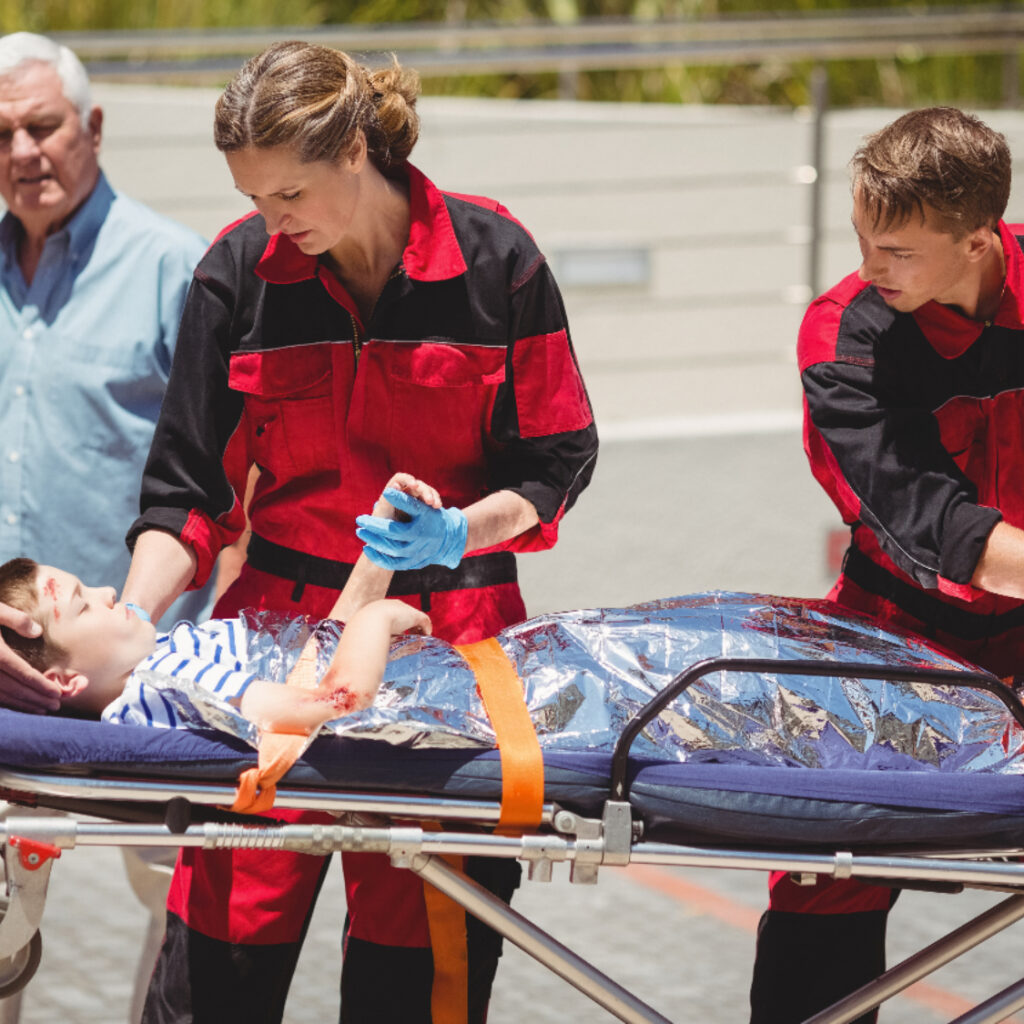
In regions prone to natural disasters like the Mediterranean, mass casualty incidents (MCIs) stemming from earthquakes, floods, and wildfires pose enormous challenges to emergency response systems. These events overwhelm traditional triage protocols, strain medical resources, and delay care for critical patients.
ERTRIAGE, an AI-powered triage support system, is designed specifically to improve decision-making and response effectiveness in such high-pressure scenarios. By leveraging real-time data, predictive analytics, and automated assessment tools, ERTRIAGE supports first responders and clinicians with life-saving prioritization strategies during MCIs.
How ERTRIAGE Enhances Disaster Response
ERTRIAGE integrates machine learning, mobile diagnostics, and real-time communication tools to:
Automate primary triage at the point of injury
Continuously update patient status through real-time monitoring
Provide situational awareness across multiple incident sites
Ensure consistency in triage classification through AI-driven scoring
Scenario Applications in the Mediterranean
1. Earthquakes – Morocco, 2023
In the wake of the 2023 earthquake in Al Haouz, Morocco, rescue teams faced logistical barriers and inconsistent triage due to communication breakdowns and chaotic environments.
How ERTRIAGE helps:
Offline-Enabled Mobile Triage: First responders use handheld ERTRIAGE devices with offline capabilities to triage victims on-site, even in areas with no connectivity.
Injury Pattern Recognition: Using historical data from seismic events, ERTRIAGE suggests probable injuries (e.g., crush syndrome, blunt trauma) to guide interventions.
Prioritized Evacuation: The system ranks patients based on severity and transport logistics, helping to reduce unnecessary delays.
2. Floods – Thessaly, Greece, 2023
Sudden flooding led to displacement and numerous waterborne injuries, making it difficult to identify patients needing urgent care.
How ERTRIAGE helps:
Geospatial Triage Coordination: By mapping real-time patient triage scores, ERTRIAGE helps responders locate clusters of high-severity victims.
Infectious Risk Prediction: ERTRIAGE integrates local epidemiological data to flag potential infections (e.g., leptospirosis), guiding medical teams in pre-emptive antibiotic distribution.
Triage by Need and Accessibility: The system adjusts triage recommendations based on patient location, access routes, and rising water levels.
3. Wildfires – Evros, Greece, 2023
Mass evacuations and severe burn injuries characterized this wildfire event, straining emergency medical teams.
How ERTRIAGE helps:
Burn Severity Estimation: Using AI to analyze inputs like body area and patient vitals, ERTRIAGE automatically calculates burn severity and survival predictions.
Respiratory Risk Detection: Alerts responders to patients at high risk of inhalation injury—especially those trapped in smoke-filled environments.
Multisite Coordination: In large-scale wildfires, ERTRIAGE synchronizes patient data across multiple triage points and hospitals to prevent duplication and improve transfer efficiency.
Integrating ERTRIAGE With Traditional Triage Models
ERTRIAGE does not replace established triage protocols like START or SALT; instead, it enhances them by:
Standardizing triage classification across multiple responders
Updating triage scores dynamically as patient conditions evolve
Enabling cross-border interoperability through multilingual interfaces—critical in the diverse Mediterranean basin
Future-Proofing Mediterranean Disaster Preparedness
With the Mediterranean region facing increasing threats from climate-related and geological events, scalable systems like ERTRIAGE are essential for:
Cross-national coordination in triage and patient logistics
Training and simulation modules for responders using real-case scenarios
Integration with early warning systems to pre-triage populations at risk